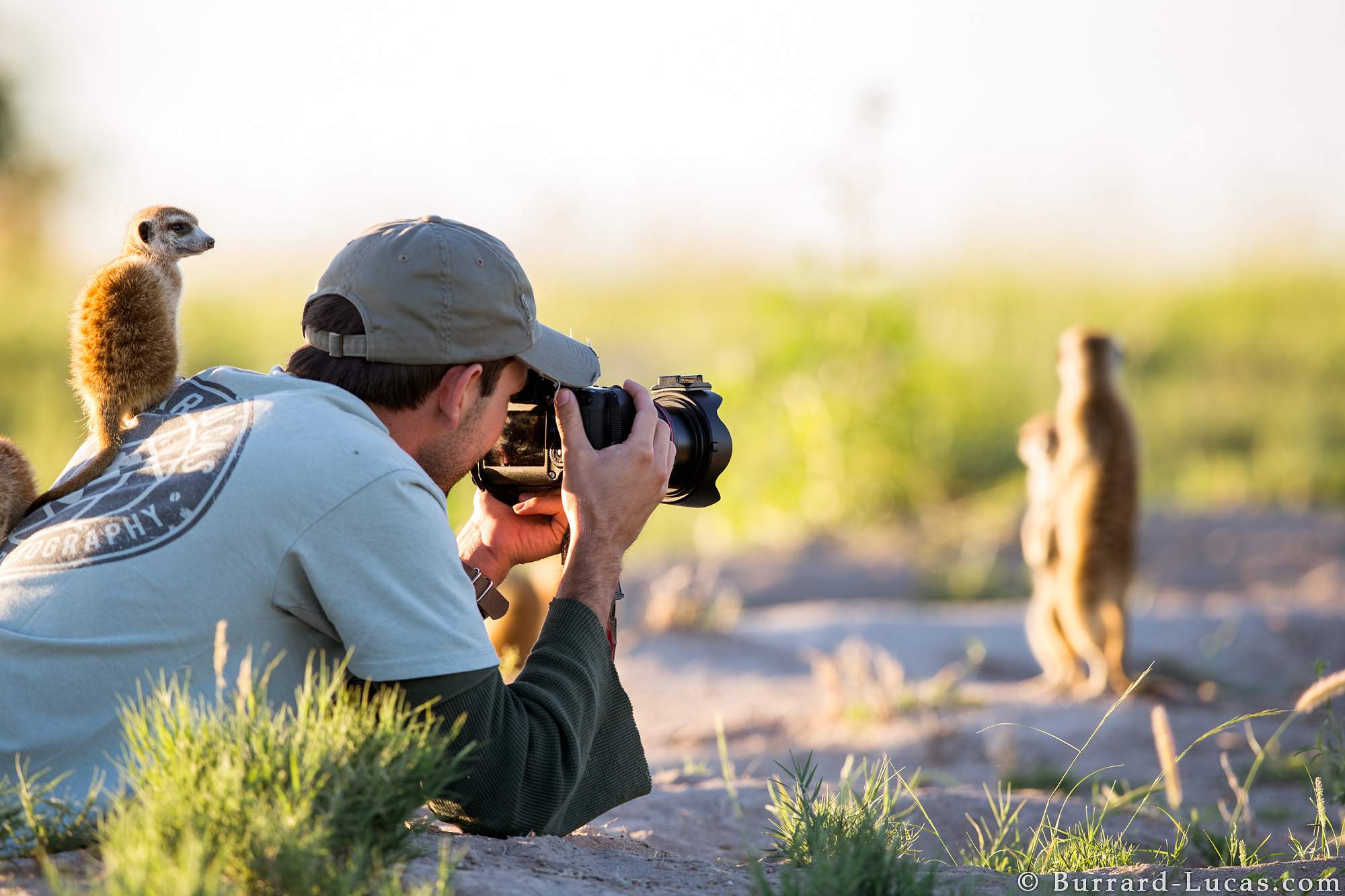A Wildlife Photographer Toolkit: Selecting the Perfect Camera System
Wildlife photography is a fascinating blend of creativity and technique, where capturing the spirit of wildlife can lead to breathtaking visuals that tell a narrative. Whether you are an aspiring nature enthusiast or a seasoned wildlife photographer, the selection of camera can greatly affect your achievement in this thrilling pursuit. With the appropriate equipment, you can capture the beauty of animals in their native environments, showcasing their elegance, strength, and character.
Selecting the perfect camera for animal photography involves considering various factors such as quickness, image quality, and versatility. With countless options to choose from today, understanding your unique needs and the varieties of environments you will be shooting in is essential. In this article, we will discuss the key features to look for in a camera, helping you create your arsenal and improve your skill to capture striking images of the animal kingdom.
Photography Types for Nature Shooting
When selecting a photographic device for nature shooting, the decision between DSLR and mirrorless systems is crucial. Digital single-lens reflex cameras are known for their durable construction, long power life, and an wide selection of optics. They allow shooters to change parameters quickly, making them ideal for capturing fast-moving animals. Additionally, many expert nature shooters still prefer digital single-lens reflex cameras for their optical sight systems, which provide a crystal clear, real-time perspective of the scene, especially in bright sunlight.
On the other hand, mirrorless technology cameras have grown in popularity due to their small size and advanced technology. With quicker autofocus mechanisms and the capacity to capture images without sound, mirrorless present substantial advantages in nature environments where sound can frighten animals. They also provide digital viewfinders that display exposure in real time, allowing for better modifications as lighting conditions shift. As power innovations improves, mirrorless systems are becoming more and more viable choices for dedicated nature shooters.
Another important aspect to think about is the sensor dimensions. Full frame sensor technology generally function better in poor lighting and offer more focus control options. However, APS-C sensors that are smaller, which are lesser, can offer the benefit of crop factor, effectively shooters to move closer to the subject without requiring bigger optics. Each type comes with its advantages and drawbacks, and the selection will ultimately depend on the photographer's style and specific requirements in wildlife shooting.

Key Features for Animal Photography
When choosing a camera for wildlife photography, one of the key critical features to consider is autofocus performance. Animals can be unpredictable, moving swiftly and inconsistently. A camera with fast and precise auto-focus will help you achieve sharp images of your subject even in challenging conditions. Look for cameras that offer multiple auto-focus points and sophisticated tracking capabilities to ensure you can keep your focus on the moving targets successfully.
In addition to auto-focus, low-light performance is essential for animal photography. Many animal situations, such as early morning or evening shooting, present tricky lighting conditions. A camera with a broader ISO range and effective noise reduction will allow you to shoot in lower light without sacrificing image quality. Look for cameras that can perform well at higher ISO settings, as this will offer more flexibility in various environments.
Finally, consider a camera's continuous shooting capabilities. Animals often do not hold still for long periods, and capturing a series of actions can tell a compelling story through your images. camtura.com with a high frames-per-second rate allows you to take numerous shots in quick succession. This capability is invaluable for capturing decisive moments, whether it's a bird taking flight or a predator in action, ensuring that you don't lose any critical shots in the wild.
Top Camera Suggestions for Aficionados
For individuals pursuing wildlife photography, the Canon EOS R6 is a fantastic choice. This compact camera offers exceptional autofocus features, making it easier to photograph fast-moving animals. With a twenty fps per second continuous shooting speed and excellent low-light performance, it ensures you don’t miss the ideal shot, whether it’s a bird in flight or a shy creature hiding in the underbrush.
Another great option is the Nikon Z6. This camera features a full-frame sensor that produces beautiful image quality, even in low lighting conditions. Its fast hybrid autofocus system allows for quick focusing on moving subjects, which is essential when capturing images of animals. Additionally, the durable build makes it suitable for outdoor expeditions, ensuring it withstands the elements while you’re in the field.
Lastly, the Sony Alpha a7 IV is a superb choice for animal photographers who value versatility. With its sophisticated autofocus and high resolution, it captures detailed details of the animal kingdom. The camera also supports impressive video features, which is ideal for those who want to capture wildlife in motion. Its compact design and extensive selection of lenses mean you can prepare for any situation and take stunning images of animals in their natural habitat.